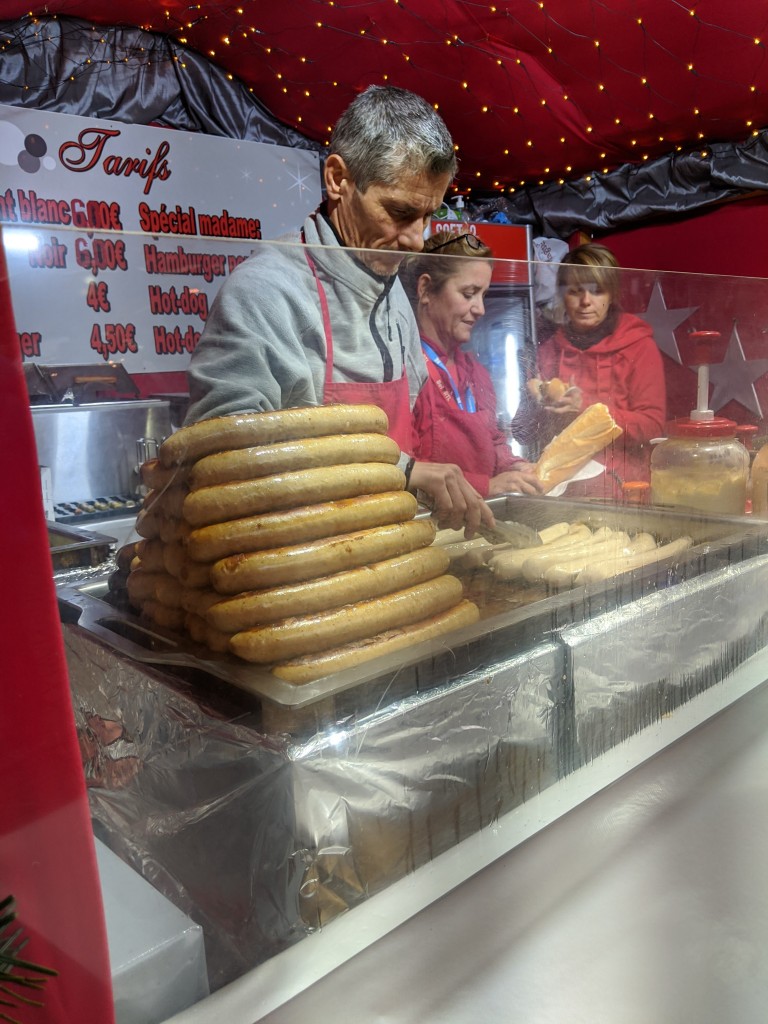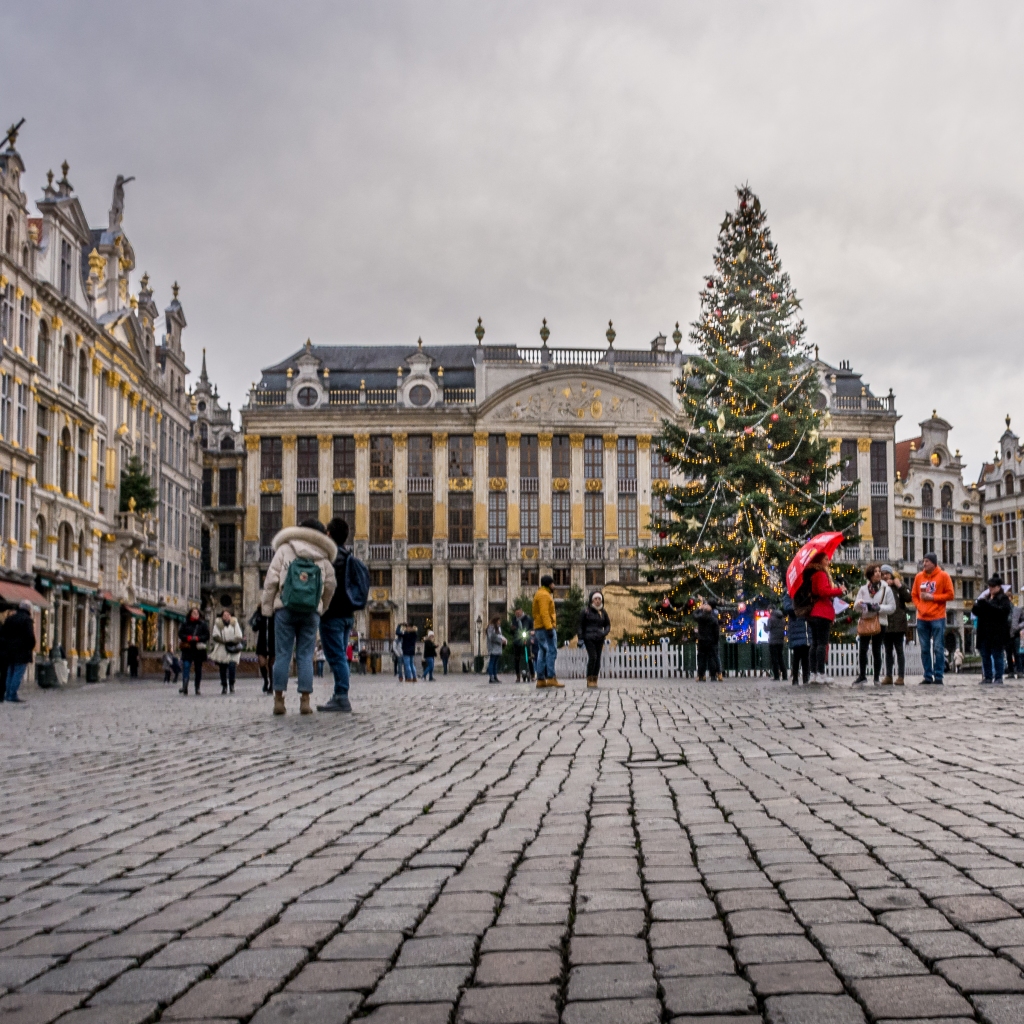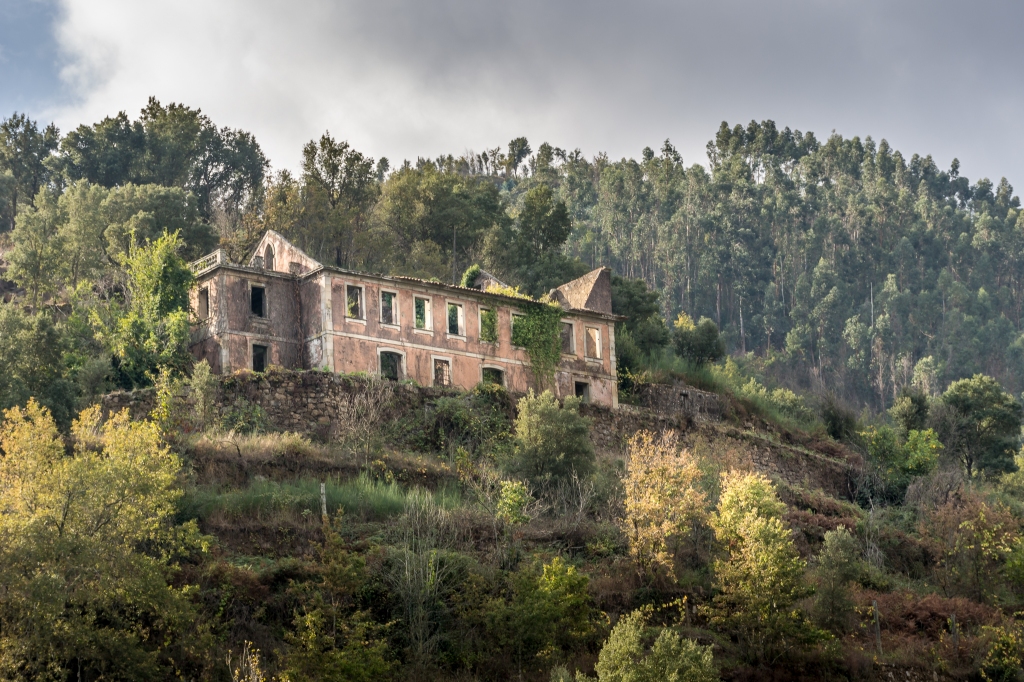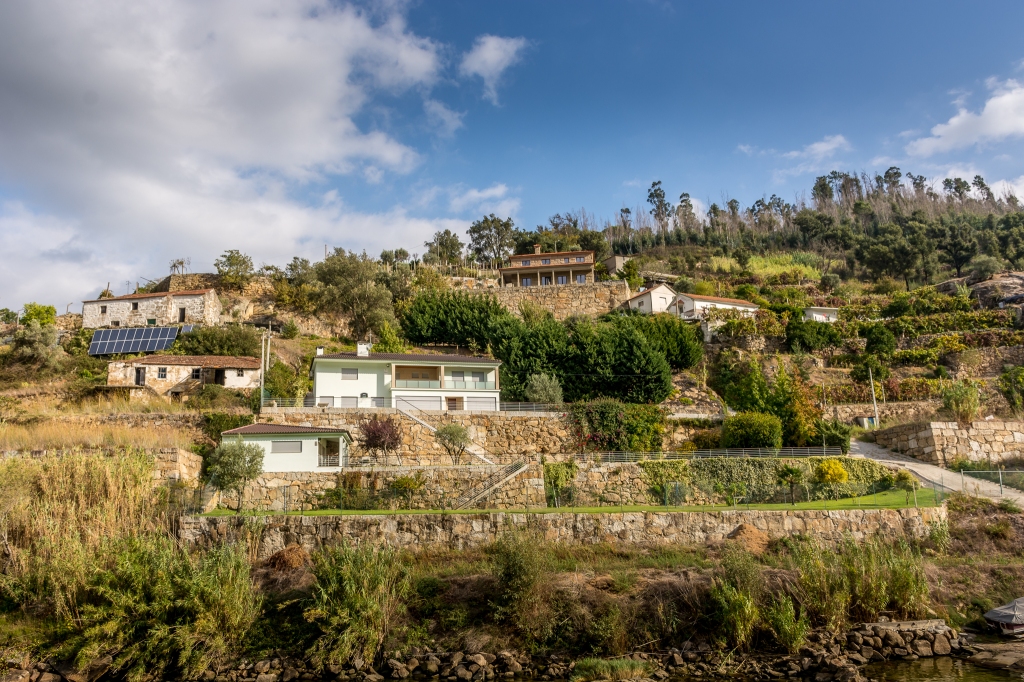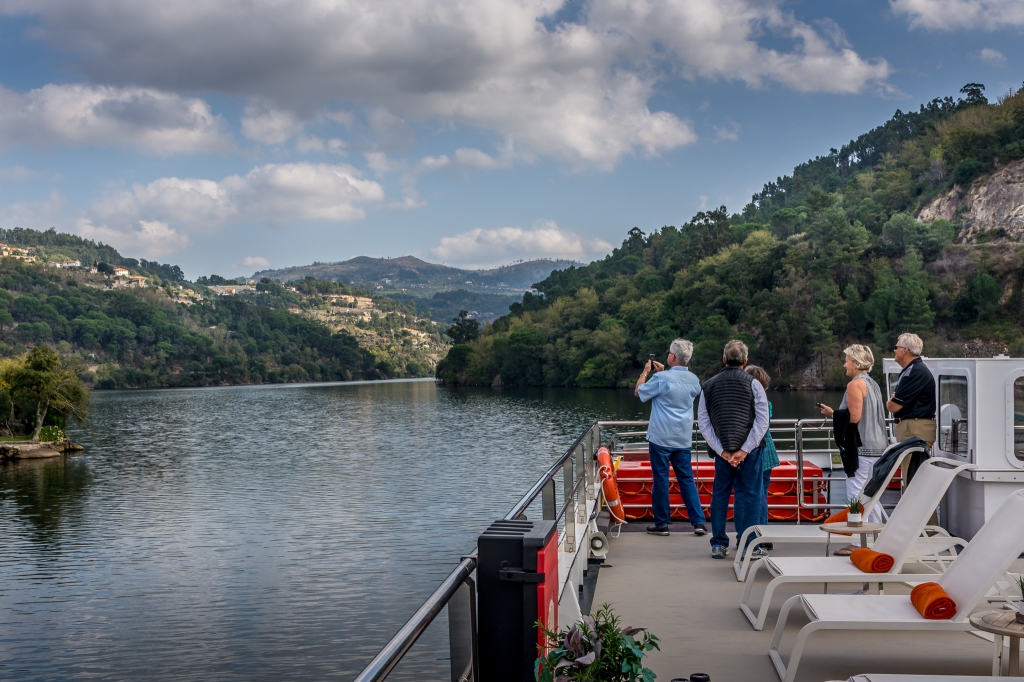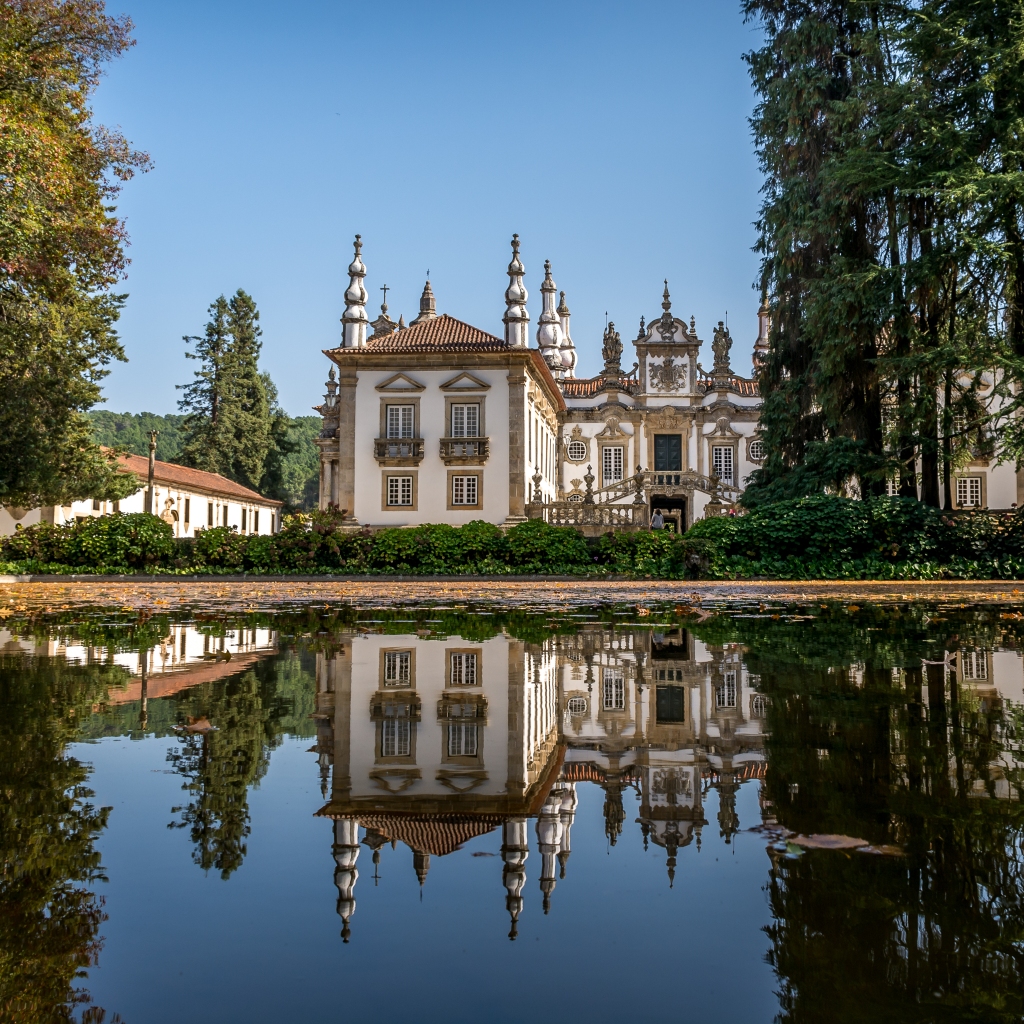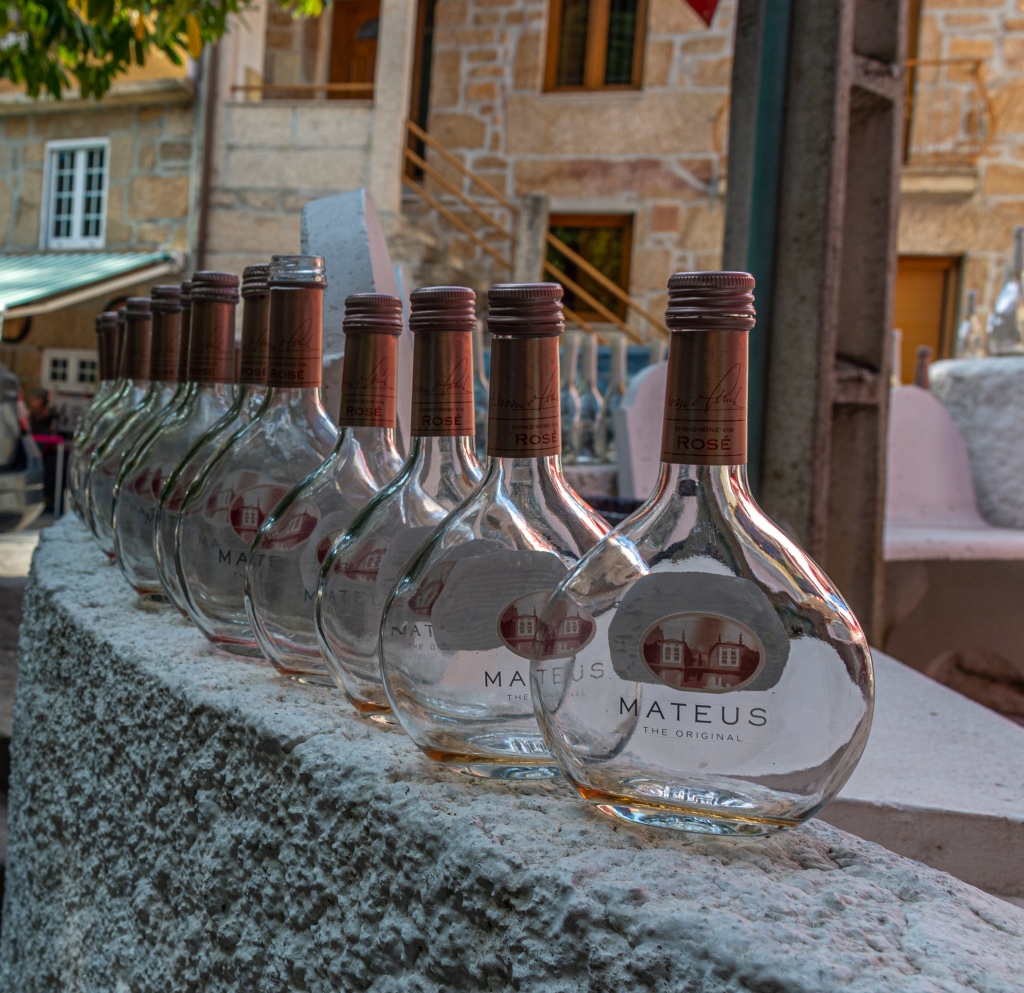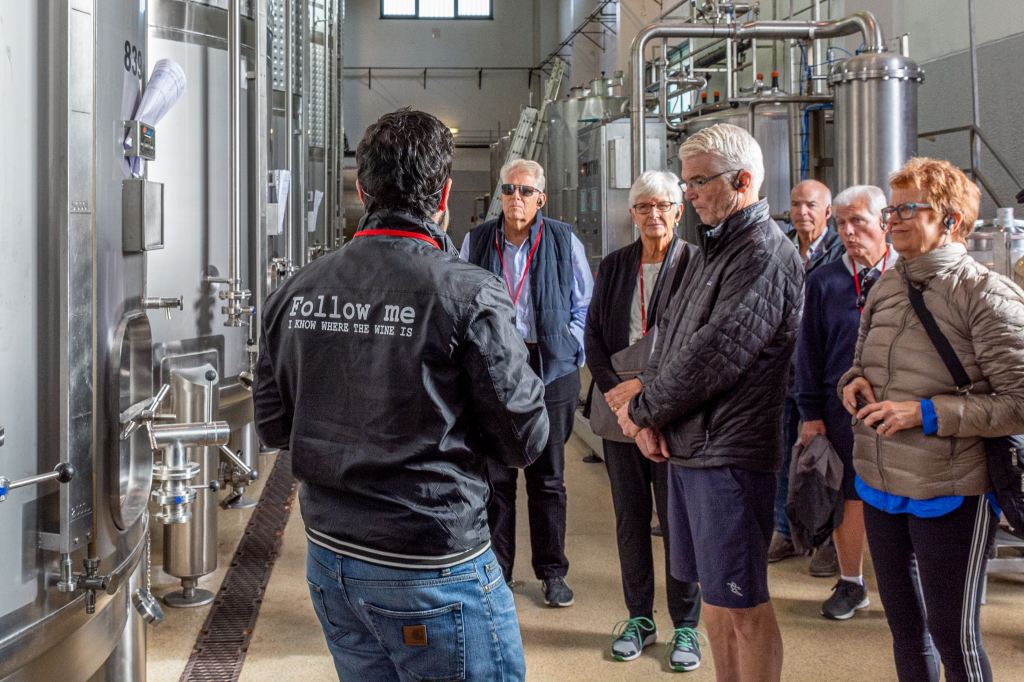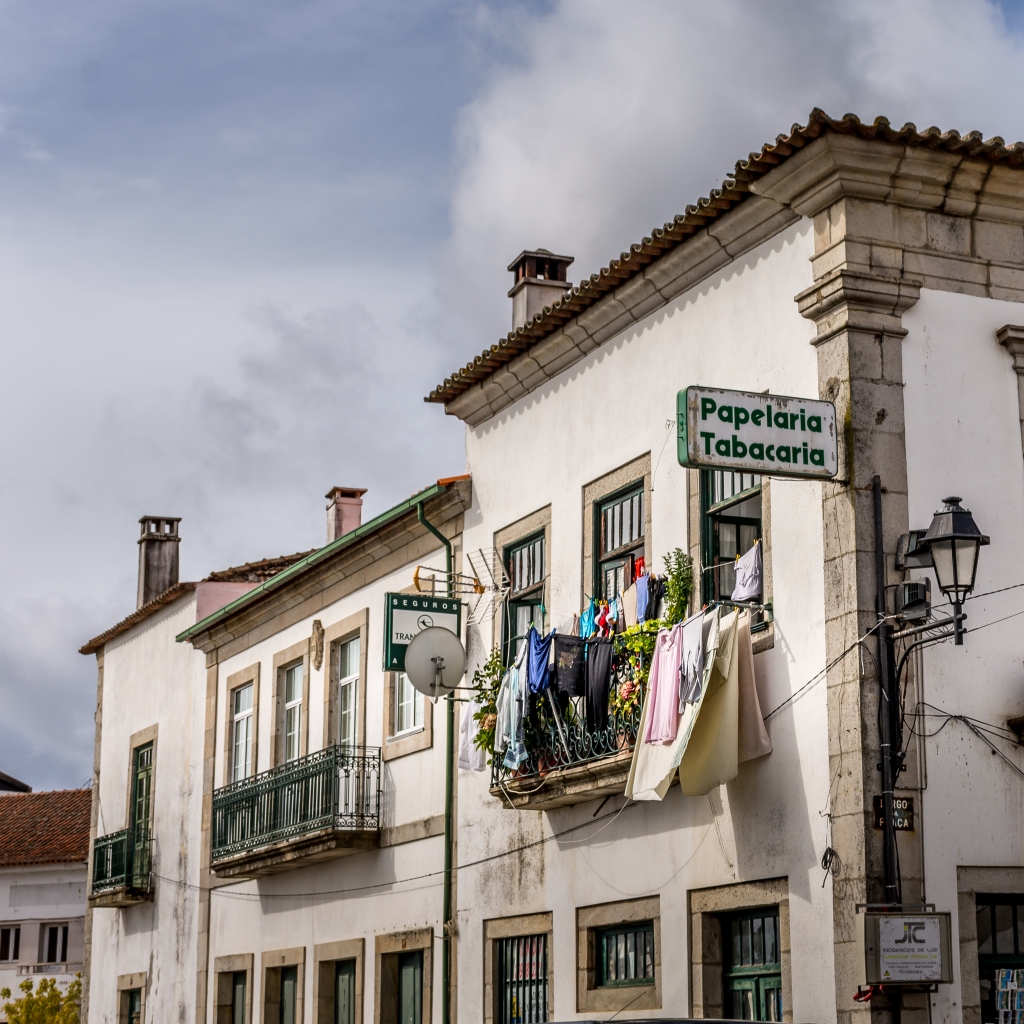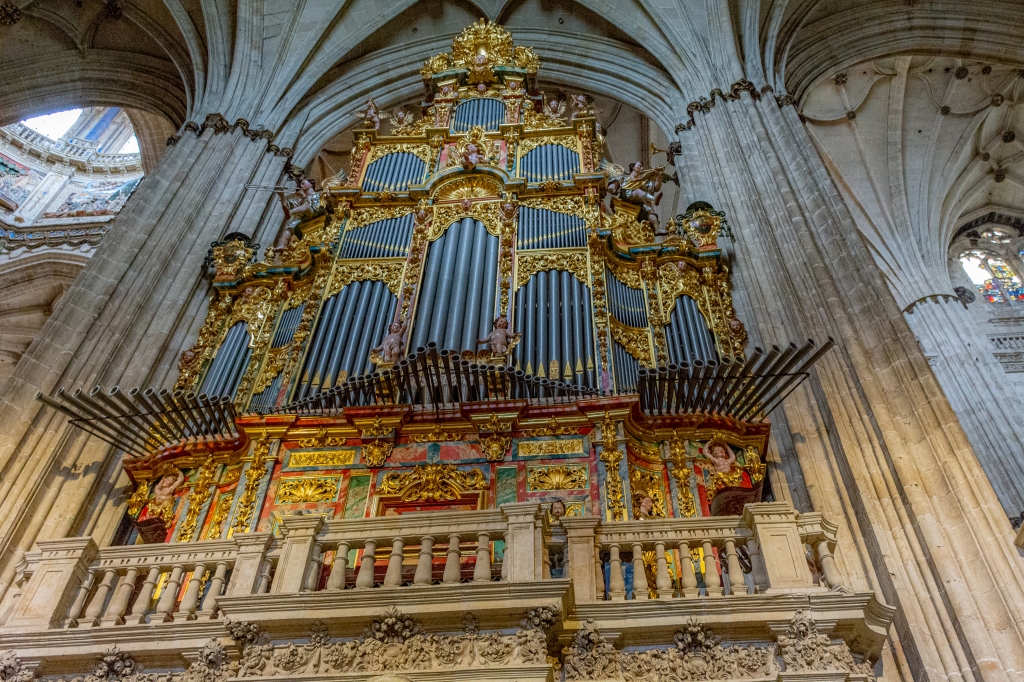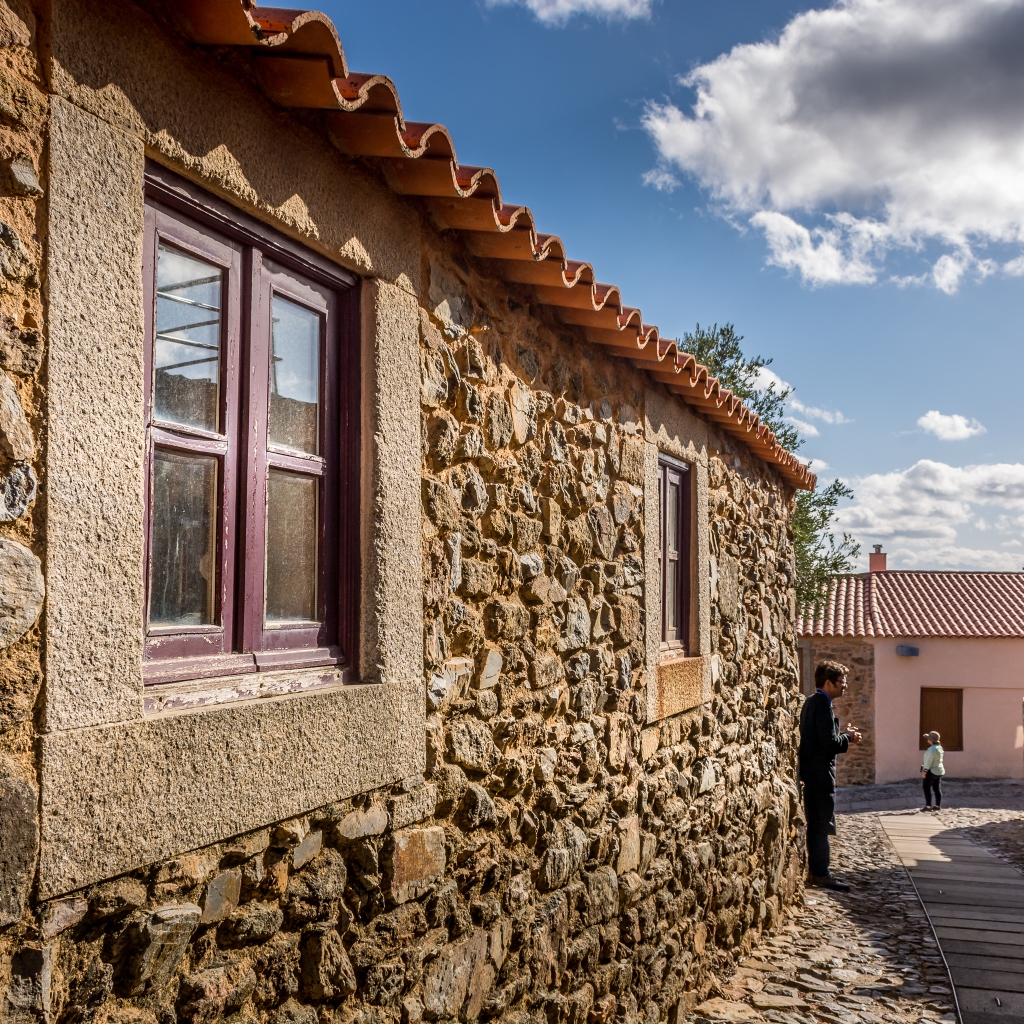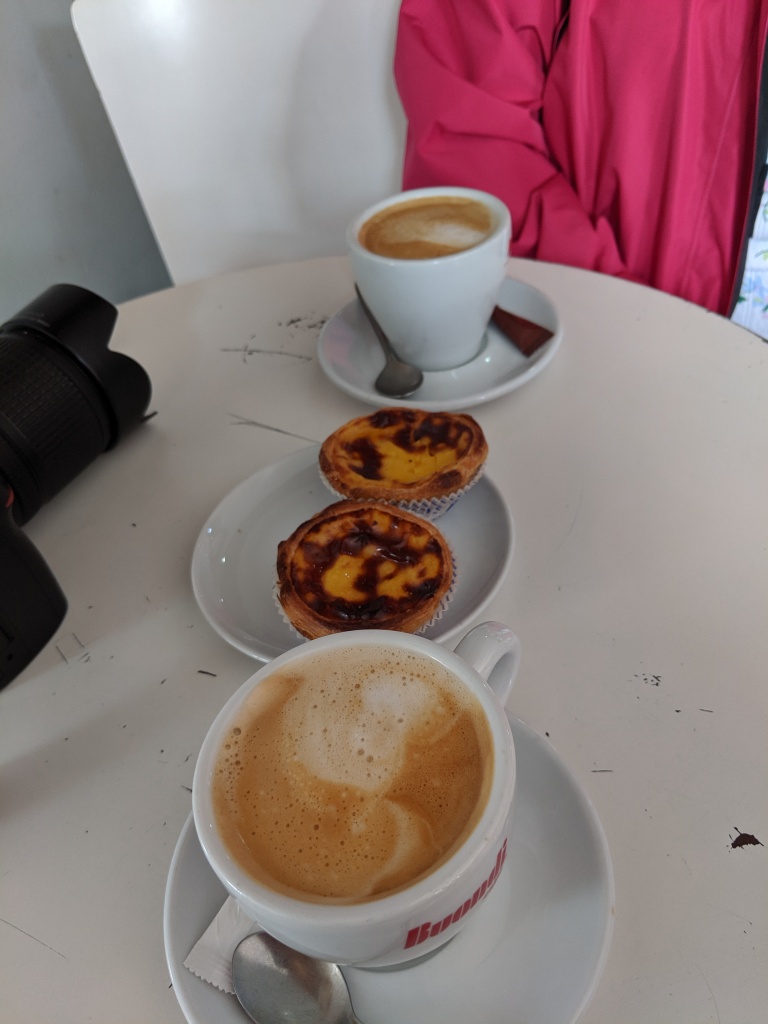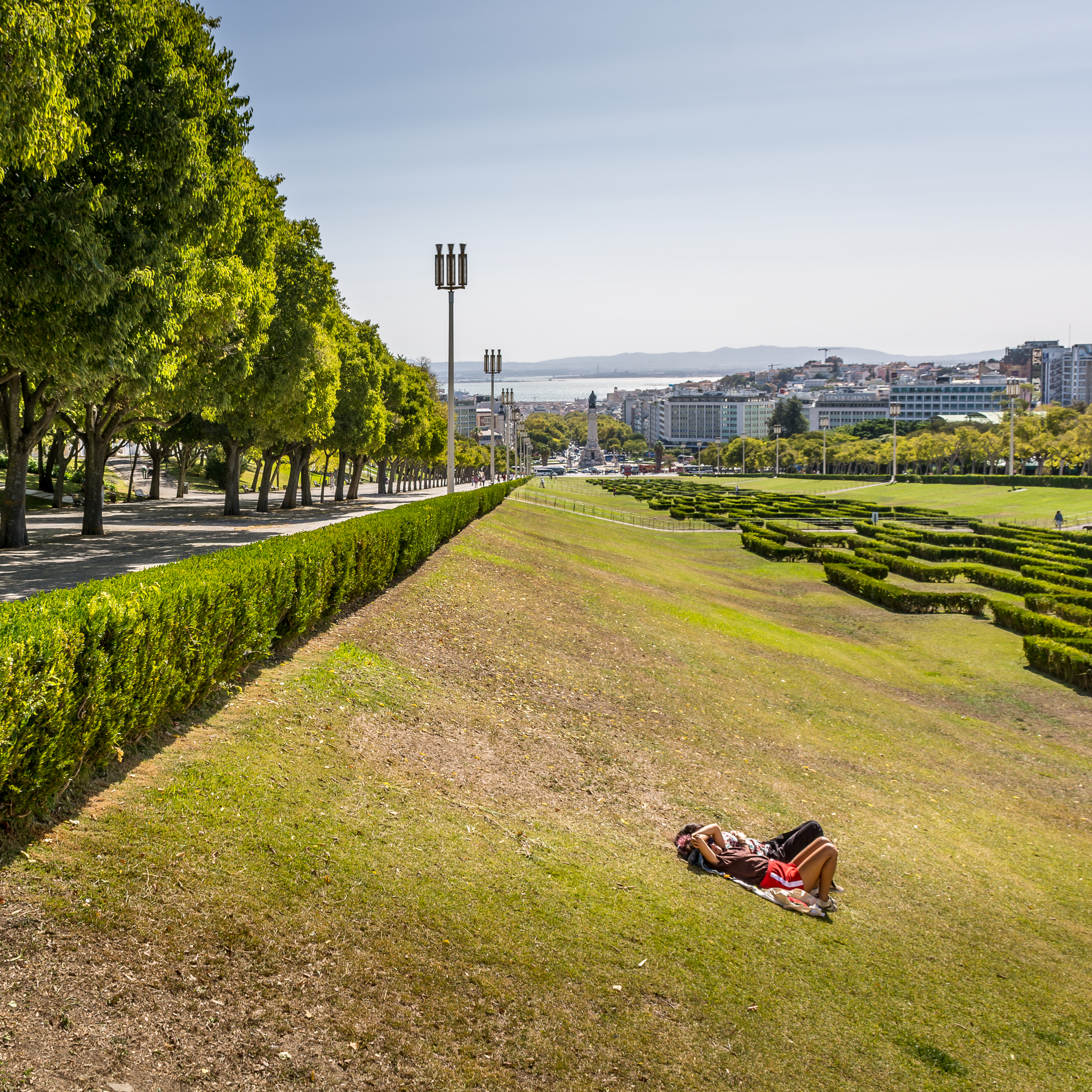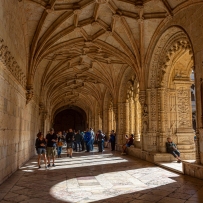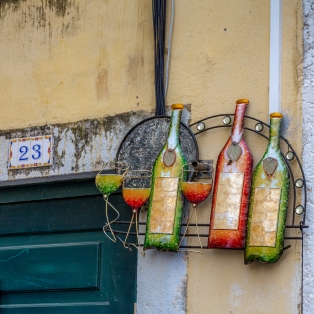Arrival in Chile
Our long-anticipated Viking Ocean Cruise, “South America & the Chilean Fjords”, has begun. We left home on January 22nd departing Boston to Houston where we connected with an overnight flight to Santiago Chile.
Our airline of choice is United since we have elite status and we were able to upgrade to “Polaris” Business class. The amenities with Polaris are great, they have a special Polaris Lounge at Houston which had hot food, free drinks and very comfortable surroundings. The lay-flat seats onboard the Boeing 767 allowed us to get some sleep on the 9 hour overnight flight, arriving about 10AM local time on Jan 23rd.
Our cruise scheduled arrival date was Jan 24th, but we chose to arrive one day early, so we stayed overnight at the Holiday Inn Express Hotel right outside the baggage claim section of Santiago Int’l Airport.
We chose to arrive one day early as a contingency. Since we live in New England we must expect that winter storms could screw up travel itineraries, so adding a “safety day” gives us some piece of mind. As it turned out, the same United flight the following day, with about 70 Viking passengers onboard, had to return to Houston after several hours because of mechanical problems. Those folks had to sleep in the airport and the flight finally departed after more than 14 hours delay. Those folks didn’t get to Chile and onboard the ship until after midnight, missing the first days activities.
The morning of the 24th we checked out of the Holiday Inn after a good night’s sleep, walked across the street to the baggage claim and met the Viking greeters who got us on our bus for the ride to the ship in Valparaiso.
We got to our ship, the Viking Jupiter, at about Noon, our room wouldn’t be ready until 2pm.
Lunch with a Chilean Friend
This free time was an opportunity for me to meet up with an old friend and work colleague Luis Torres. I have known Luis since my days at Raytheon in the early 1980’s when his company did service work on our radar and navigation systems. Several trips to Chile in those old days where I got to know Luis. In recent years we reconnected on Facebook.
Luis invited me for lunch at the Club Naval (Chilean Navy Officers Club). In addition to his past service business, he is a retired Naval Officer. We had a great time reminiscing.
Checking into our Stateroom
We checked into our stateroom on the Viking Jupiter by late afternoon on the 24th. This day was Rick’s birthday, and waiting in our stateroom was a chocolate cake smothered in fresh strawberries and blueberries along with a bottle of champagne and happy birthday card. Nice touch Viking Cruises!

The staterooms on these new Viking Ocean Cruise ships are spacious and very comfortable. All rooms have verandas, no inside cabins. The bathrooms are roomy with a large shower. Also plenty of storage. There are several AC outlets, both US and Europe style along with quite a few USB charging ports on each bedstand and the desk. A mini- frig is stocked with soft drinks, Toberlone chocolate bars and assorted nut mixes, all free and restocked everyday. There is free WiFi throughout the ship, albiet, not super high speed, but adequate for email, web and social media. I hope to do a separate blog about the ship and life onboard.
Tour of Valparaiso and Casas del Bosque Winery
We had one additional day in Valparaiso before the ship left and on that day we had a Valparaiso city tour and a visit to a local winery for a tour and wine tasting.
If you have been following recent events in Chile you will know that public protests against economic and political issues turned into full blown riots and violence. We saw the results first hand during the city tour. Most downtown shops were still boarded up, some burnt out and destroyed. Lots of political graffiti covers once beautiful architecture and public monuments. It’s a shame to see this damage.
We then drove about 45 minutes outside Valparaiso to the Casablanca Valley wine district. There we toured the Casas del Busque vineyards, a local boutique winery.
Our tour guide, a very knowledgeable young woman, walked us around one of the Pinot Noir vineyards, then into the production area and finally an aging cellar where we tasted several wines.
We tasted 3 wines; a white (Chardonnay) which was very good and 2 reds. One red, I believe was a Merlot and the second a Carménère. The Carménère was excellent and our guide explained that this grape was an old variety originally introduced into France’s Bordeaux region by the Romans in ancient times. Spanish missionaries brought the plants to Chile in the 16th Century where they have flourished since. The Carménère was all but wiped out in France by phylloxera plague in the mid-19th Century, but Chile’s climate and soil are resistant to phylloxera, so this dark red grape and wine is still produced. We enjoyed this variety so much, we bought a bottle to enjoy later.



Carménère
Sailing out of Valparaiso
We left Valparaiso late on the 25th for the start of our long and exciting cruise. As we left Valparaiso, we watched the busy activity around the port, and watched the Harbor Pilot wave goodbye from the Pilot Boat. As we sailed south on the Pacific a beautiful sunset ended our first cruise day.




Chilean Navy training ship Esmeralda 
Harbor Pilot waves goodbye 




















